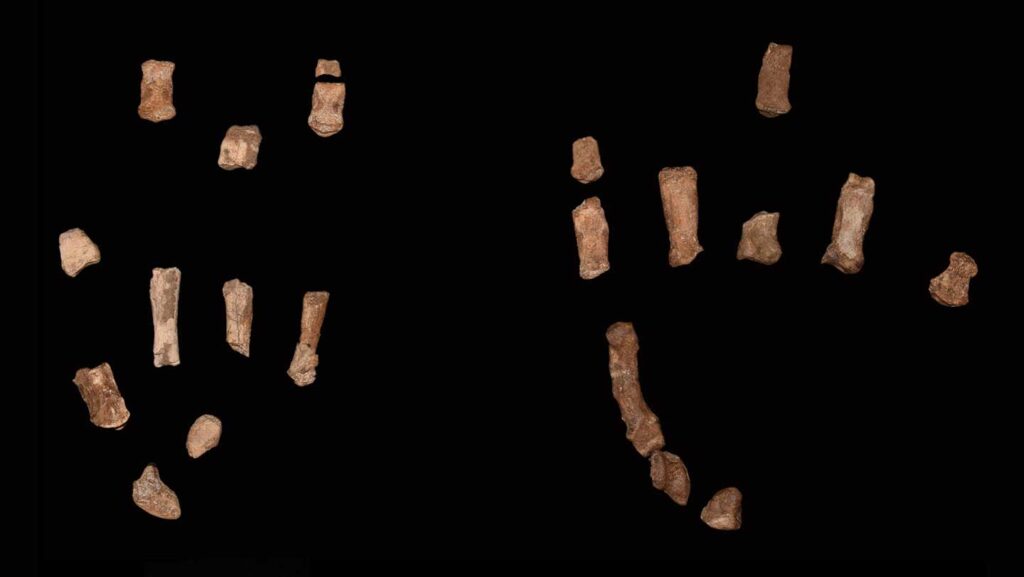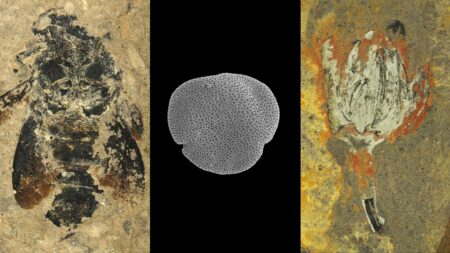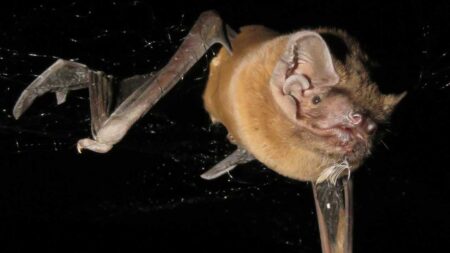Newly discovered African fossils lend a hand to suspicions that an ancient hominid outside our own genus, Homo, made and used stone and bone tools.
Partial remains of a roughly 1.5-million-year-old Paranthropus boisei individual, including hand and wrist bones, indicate that this extinct hominid species could have made basic cutting and pounding implements, say paleoanthropologist Carrie Mongle of Stony Brook University in New York and colleagues. Thumb and finger sizes and length proportions, as well as wrist features, indicate that P. boisei possessed a humanlike grip, the researchers report October 15 in Nature.
P. boisei could pinch objects between the thumb and other fingers, but not as deftly as early Homo could, the scientists say. Gorillalike wrist and hand traits enabled an especially powerful grip that may have helped P. boisei strip inedible parts from tough plants that it ate, Mongle’s group suspects. A forceful grip might also have aided occasional tree climbing. But the new finds indicate that P. boisei lacked curved fingers and toes, traits that help living apes adeptly climb and maneuver across trees, the investigators say.
Even with recovered foot fossils, Mongle’s team cautions that much remains unknown about this hominid’s style of walking. Based on the fossils’ shapes, “P. boisei could bend its big toe upward while walking, which is an important motion that the human foot uses when pushing off the ground,” says paleoanthropologist and study coauthor Thomas Cody Prang of Washington University in St. Louis. A shorter big toe in P. boisei than in people today lessened the power or efficiency of the ancient hominid’s foot push-offs while walking, Prang suspects.
Other researchers have contended that 1.5-million-year-old hand, arm and shoulder fossils previously recovered elsewhere in Kenya come from a suspected P. boisei individual with hands capable of crafting simple stone tools. The new partial skeleton, excavated in 2019 and 2021 near Kenya’s Lake Turkana, includes the largest set of P. boisei hand and foot fossils found to date. Those bones were found alongside skull fragments, jaw pieces and teeth — 42 in total — which match the hallmark peg-shaped molars, large jaw and bony crest atop a relatively small braincase characteristic of P. boisei skulls, Mongle’s team says.
Read the full article here














